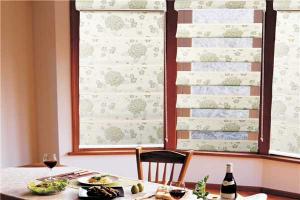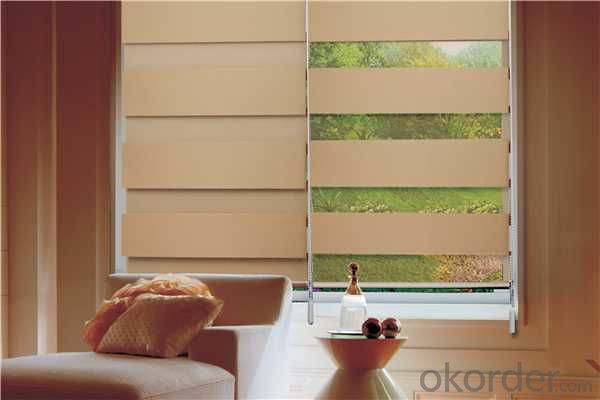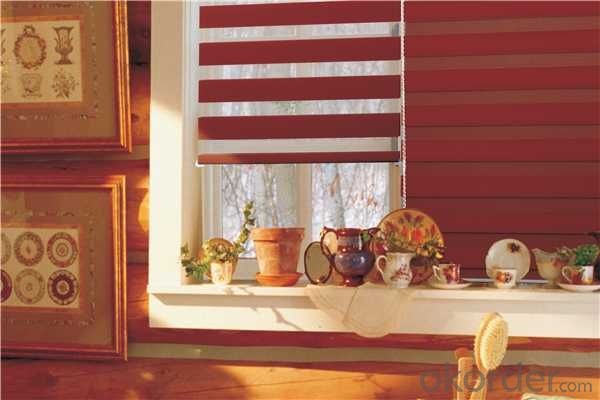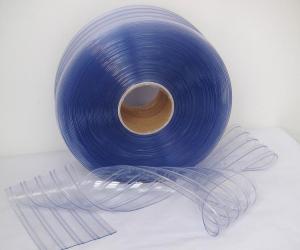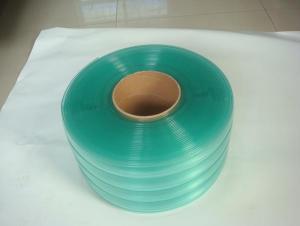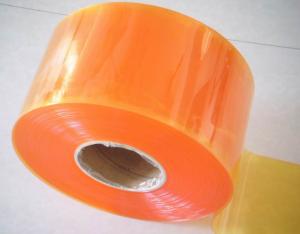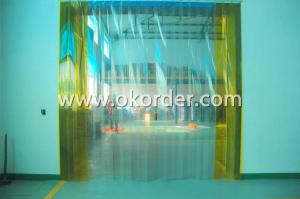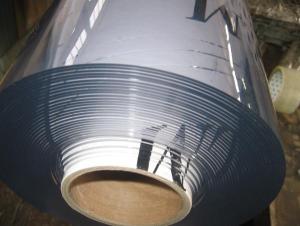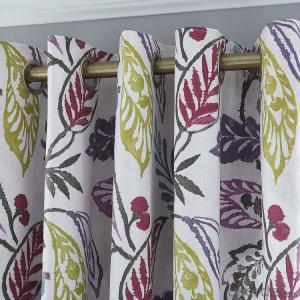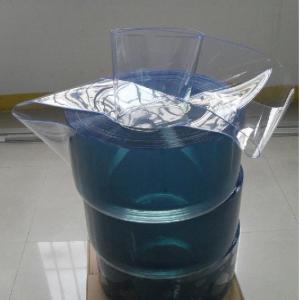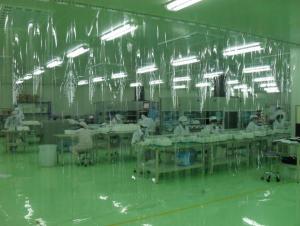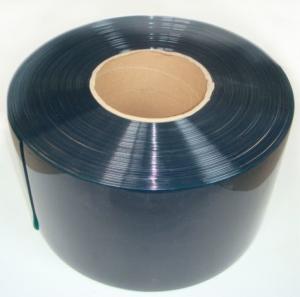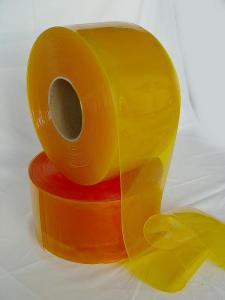Panels Curtains With Flower Pattern Warp Knitting eyelet
- Loading Port:
- Ningbo
- Payment Terms:
- TT or LC
- Min Order Qty:
- 1000 m
- Supply Capability:
- 500000 m/month
OKorder Service Pledge
Quality Product, Order Online Tracking, Timely Delivery
OKorder Financial Service
Credit Rating, Credit Services, Credit Purchasing
You Might Also Like
The curtain could be used in home and office for decorating or shading. The material of products in our company is eco- friendly and durable, and the UV-protection for this goods is strong. It's easy to install and disassemble to clean. And it looks quite beautiful and practical. The main materials for curtain are polyester and non-woven cloth, its track is aluminum and the snap is plastic.At the same time, Material, color and size can be customized as customer's demand.
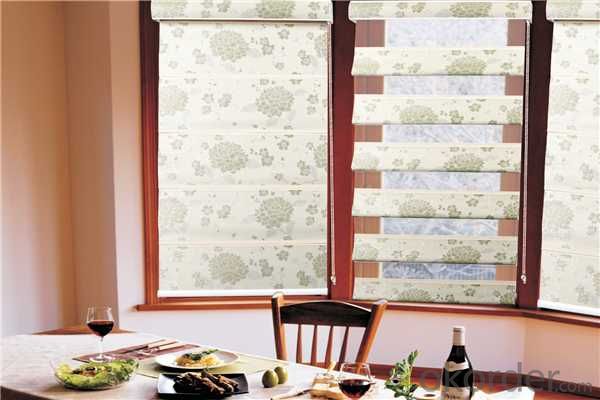

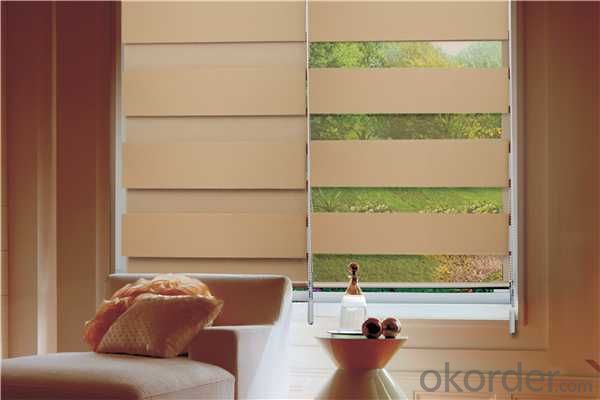
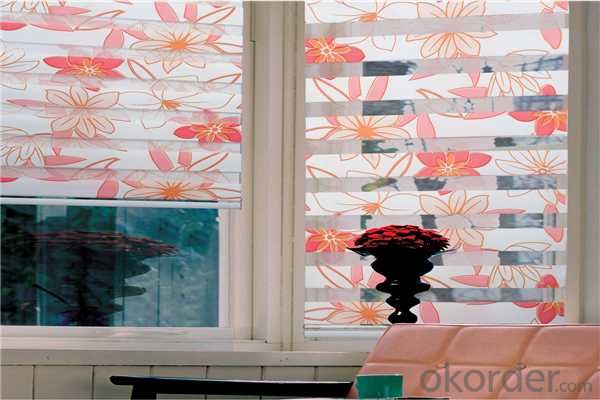
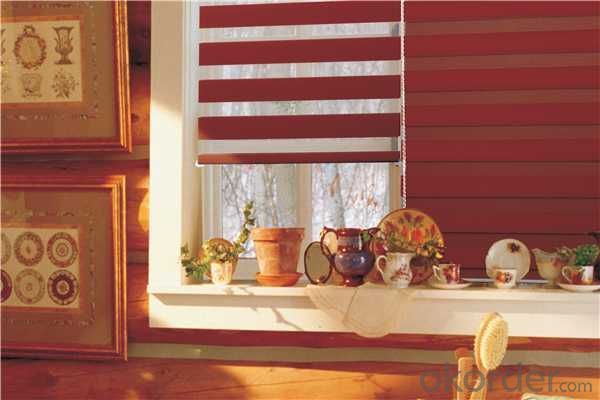
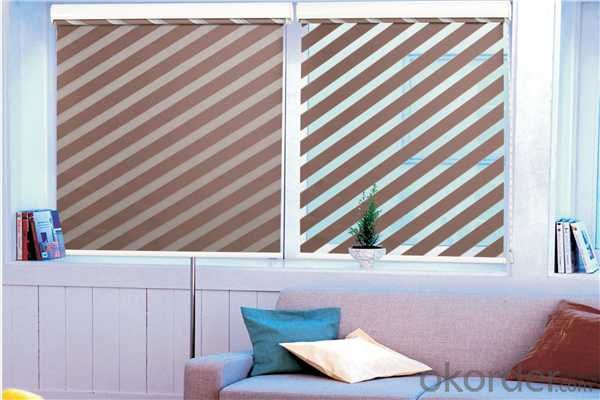


- Q: What are some common plastic components found in washing machines?
- Some common plastic components found in washing machines include the detergent drawer, control panel buttons, drum paddles, door seals, and various housing parts.
- Q: Are there any concerns with using plastic in appliances that require high precision?
- Yes, there can be concerns with using plastic in appliances that require high precision. Plastic materials may have limitations in terms of dimensional stability, thermal expansion, and mechanical strength, which can affect the accuracy and reliability of the appliance's performance. Additionally, plastic may be more prone to wear and tear, leading to decreased precision over time. Therefore, alternative materials like metals or ceramics are often preferred for high precision applications to ensure optimal functionality and durability.
- Q: How does the flexibility of plastic benefit the design and functionality of home appliances?
- The flexibility of plastic benefits the design and functionality of home appliances by allowing for a wide range of shapes, sizes, and configurations. It enables manufacturers to create sleek and modern designs that seamlessly integrate into our homes. Plastic also offers versatility in terms of color options, making it easier to match appliances with different interior styles. Additionally, the flexibility of plastic allows for the incorporation of various features and functionalities, such as hinges, compartments, and removable parts, enhancing the usability and convenience of home appliances.
- Q: How does the use of plastic in home appliances impact the overall maintenance requirements?
- The use of plastic in home appliances generally reduces the overall maintenance requirements. Plastic is a durable and lightweight material that is resistant to rust and corrosion, unlike metal components. It also offers flexibility in design, allowing for more intricate and efficient appliance structures. Additionally, plastic parts are often easier and cheaper to replace, leading to lower maintenance costs. However, it is important to note that the quality of the plastic used can vary, and low-quality plastics may be more prone to wear and tear, requiring more frequent maintenance.
- Q: Can plastic home appliances be easily integrated into existing kitchen or bathroom designs?
- Yes, plastic home appliances can be easily integrated into existing kitchen or bathroom designs. With the advancement in design and manufacturing techniques, plastic appliances are now available in a wide variety of styles, colors, and finishes. This allows them to seamlessly blend into any kitchen or bathroom décor, providing a modern and cohesive look. Additionally, plastic appliances are often lightweight and compact, making them easy to install and move around if needed.
- Q: Are plastic home appliances resistant to liquid spills or leaks?
- Yes, plastic home appliances are generally resistant to liquid spills or leaks. Plastic materials used in the construction of these appliances, such as polypropylene or ABS, are often designed to be waterproof or water-resistant, making them less prone to damage from liquid spills or leaks. However, it is important to note that the level of resistance may vary depending on the specific appliance and its construction.
- Q: Are there any specific cleaning methods or products recommended for plastic parts in home appliances?
- Yes, there are specific cleaning methods and products recommended for plastic parts in home appliances. It is generally recommended to use mild soap or a non-abrasive cleaner along with a soft cloth or sponge to clean plastic parts. Harsh chemicals and abrasive cleaners should be avoided as they can damage the plastic. Additionally, it is important to follow the manufacturer's instructions and guidelines for cleaning and maintenance to ensure the longevity of the plastic parts in home appliances.
- Q: Are there any concerns with using recycled plastics in home appliances?
- Yes, there are some concerns with using recycled plastics in home appliances. One major concern is the potential for degradation or reduced durability of the recycled plastic, which may affect the overall performance and lifespan of the appliance. Additionally, there might be concerns related to the presence of impurities or contaminants in recycled plastics, which could pose health and safety risks. It is important to ensure that proper quality control measures are in place to address these concerns when using recycled plastics in home appliances.
- Q: How does the chemical inertness of plastic used in home appliances affect their resistance to reactions with other substances?
- The chemical inertness of plastic used in home appliances greatly contributes to their resistance to reactions with other substances. Plastic's inert nature means that it has low reactivity, making it less likely to chemically interact or react with various substances it comes into contact with. This property allows home appliances made of plastic to be more durable and less prone to corrosion or degradation caused by chemical reactions. Additionally, plastic's inertness helps to maintain the integrity and functionality of the appliances over time, ensuring they can effectively perform their intended tasks without being affected by reactions with other substances.
- Q: How does the choice of plastic in humidifiers affect moisture output?
- The choice of plastic in humidifiers can affect moisture output in several ways. Firstly, the type of plastic used can impact the overall durability and longevity of the humidifier. If a low-quality plastic is chosen, it may degrade or warp over time, leading to leaks or reduced efficiency in moisture output. Additionally, certain plastics may react with the water used in the humidifier, causing chemical reactions or leaching harmful substances into the mist. This can potentially affect air quality and pose health risks. Therefore, selecting a high-quality, BPA-free plastic can help ensure a safer and more efficient moisture output. Moreover, the design and construction of the humidifier, including the type of plastic used, can influence the airflow and dispersion of mist. Some plastics may hinder proper atomization and dispersion, resulting in uneven moisture output or reduced coverage area. In conclusion, the choice of plastic in humidifiers has a significant impact on moisture output, durability, safety, and overall performance. It is crucial to opt for high-quality plastics that are compatible with water and designed for efficient moisture dispersion.
Send your message to us
Panels Curtains With Flower Pattern Warp Knitting eyelet
- Loading Port:
- Ningbo
- Payment Terms:
- TT or LC
- Min Order Qty:
- 1000 m
- Supply Capability:
- 500000 m/month
OKorder Service Pledge
Quality Product, Order Online Tracking, Timely Delivery
OKorder Financial Service
Credit Rating, Credit Services, Credit Purchasing
Similar products
Hot products
Hot Searches
Related keywords
